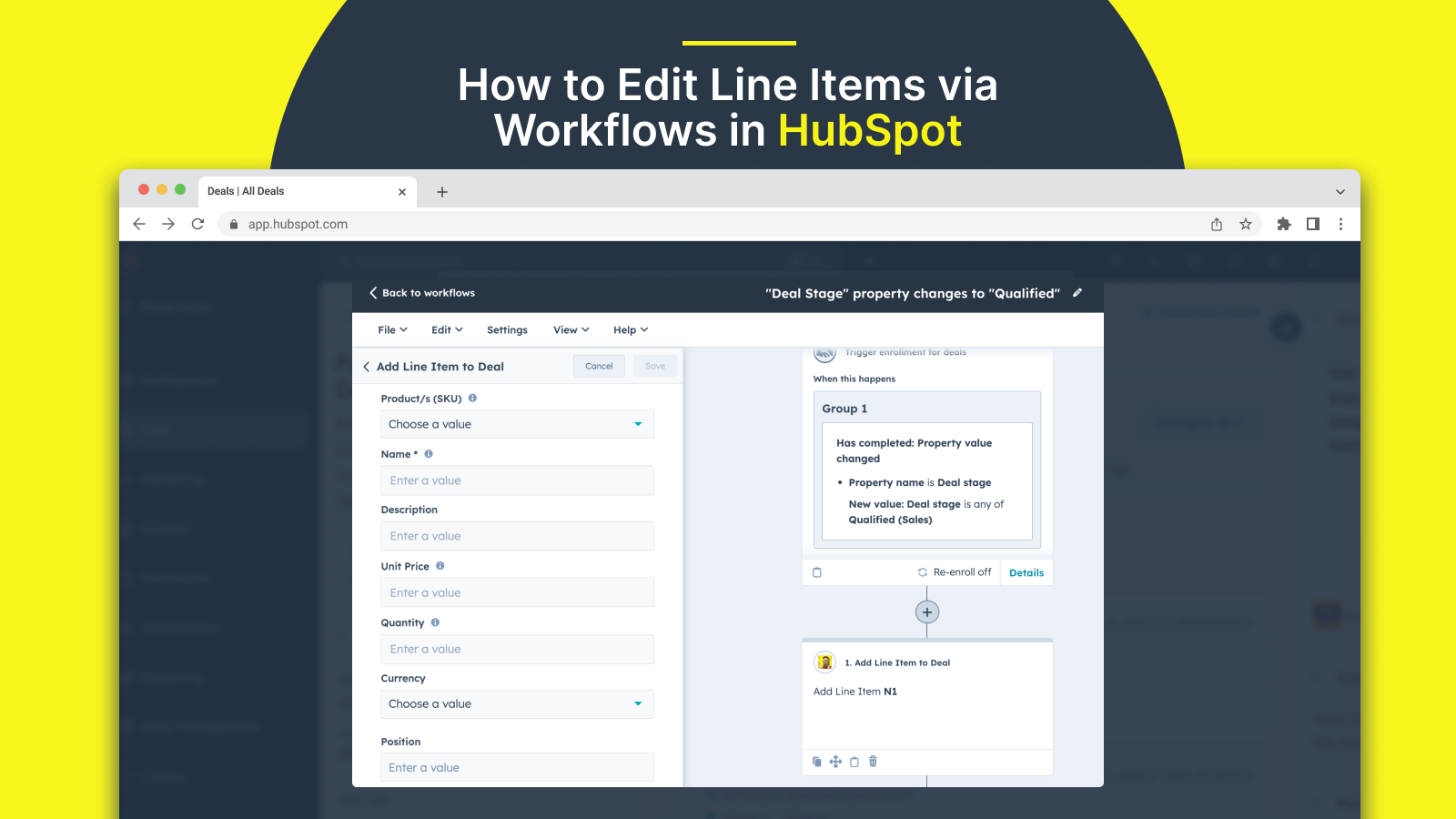In the dynamic world of digital content, staying up-to-date with the latest trends in Content Management Systems (CMS) is crucial for businesses looking to excel in the online sphere. As we look ahead to 2024, let's explore the exciting CMS trends that are set to redefine the way we manage and deliver content.
As we delve into the evolving landscape of Content Management Systems (CMS) in 2024, it's crucial to explore the synergies between CMS and cutting-edge Business Software.
🌟 Platforms such as monday.com, renowned for its collaborative workspaces and project management capabilities, empower teams to enhance efficiency and communication seamlessly.
🌟 FreshBooks, a stalwart in financial management, provides a user-friendly interface for small businesses, streamlining invoicing, expense tracking, and time management.
🌟 Pipedrive, a CRM platform, plays a pivotal role in aligning sales and marketing efforts, fostering a customer-centric approach.
🌟 Additionally, the integration of website building tools like Wix allows businesses to effortlessly create and manage their online presence.
These Business Software solutions not only complement CMS functionalities but also play a pivotal role in shaping the digital ecosystem for businesses in 2024. Embracing these tools ensures a holistic approach to content management, from creation to collaboration and beyond.
1. CMS 2024: Embracing Evolution
- Monday - out of the box choice.
The year 2024 promises to be a transformative one for Content Management Systems (CMS), as the industry continues to witness rapid technological advancements and an ever-evolving set of user expectations. In response to these developments, CMS platforms are adapting and evolving to meet the demands of modern content creators and consumers, ensuring that they remain at the forefront of the digital landscape.
As we look ahead to 2024, several key trends are set to shape the CMS landscape. These trends reflect the changing needs and preferences of both content creators and consumers, and highlight the direction in which CMS platforms are headed.
One of the most significant trends in CMS for 2024 is the increasing integration of Artificial Intelligence (AI) capabilities into content management processes. AI-powered CMS platforms are becoming increasingly adept at tasks such as content personalization, content recommendation, and even automated content creation. This not only streamlines content management processes but also enhances the overall user experience by delivering tailored content to individual visitors.
Another trend that is set to redefine CMS in 2024 is the adoption of Headless CMS. This approach decouples the content creation and storage process from the presentation layer, allowing for greater flexibility in content delivery. With Headless CMS, content can be seamlessly delivered across various platforms and devices, ensuring a consistent and responsive user experience regardless of the device being used.
Furthermore, CMS platforms in 2024 will prioritize mobile users through the implementation of mobile-first designs. With the continued surge in mobile usage, CMS platforms are ensuring that content is optimized for smaller screens and touch interactions. This focus on mobile responsiveness improves accessibility and user engagement on smartphones and tablets, catering to the growing mobile audience.
The rise of voice-activated devices and multimodal interfaces is also influencing CMS platforms in 2024. CMS systems are adapting to accommodate these trends by offering voice search optimization, voice-activated content retrieval, and the ability to create content that works seamlessly across both voice and visual interfaces. By embracing these technologies, CMS platforms are ensuring that content remains accessible and engaging across a variety of mediums.
In addition to these user-focused trends, CMS platforms in 2024 are also placing a strong emphasis on security and privacy features. In an age of increased data breaches and privacy concerns, CMS platforms are enhancing their security measures to protect both content and user data. This includes robust user authentication, encryption, and compliance with data protection regulations such as GDPR and CCPA. These enhanced security features provide businesses with peace of mind, knowing that their content and user data are well-protected.
CMS platforms are also becoming increasingly integration-friendly in 2024, allowing businesses to connect their CMS with a wide range of third-party tools and services. This facilitates seamless content distribution, analytics, and marketing automation, streamlining workflows and improving overall efficiency.
Moreover, CMS platforms in 2024 are doubling down on analytics and insights. They provide content creators and marketers with valuable data on user engagement, content performance, and audience behavior. This data-driven approach enables organizations to refine their content strategies and optimize their digital presence, ultimately driving online success.
Sustainability and accessibility are two other key considerations for CMS platforms in 2024. CMS developers are focusing on building environmentally sustainable infrastructure while ensuring that content is accessible to all users, regardless of disabilities. By prioritizing sustainability and accessibility, CMS platforms are not only aligning with societal values but also catering to a wider audience.
Lastly, collaboration and workflow tools are becoming integral to CMS platforms in 2024. They enable teams to collaborate seamlessly on content creation, review, and approval processes. With built-in project management and collaboration tools, CMS platforms are turning into centralized hubs for all content-related activities, fostering efficient teamwork and streamlined processes.
In conclusion, the year 2024 promises to be an exciting and transformative one for Content Management Systems. With advancements in AI, mobile-first design, enhanced security measures, and a strong focus on user experience, CMS platforms are set to redefine the way content is created, managed, and delivered. By embracing these trends, businesses will be better equipped to meet the demands of their target audience, drive online success, and stay ahead in the dynamic world of digital content.
2. AI-Enhanced CMS: Smart Content Management
Artificial Intelligence (AI) is set to revolutionize content management in the CMS arena. With the increasing integration of AI capabilities, CMS platforms are becoming experts in content personalization, recommendation, and even automated content creation. These advancements not only streamline content management processes but also greatly enhance the overall user experience by delivering customized and tailored content to individual visitors.

AI-powered CMS platforms leverage machine learning algorithms to analyze user behavior, preferences, and engagement patterns. By understanding the unique needs and interests of each visitor, CMS platforms can dynamically adjust and personalize the content they deliver. This level of personalization ensures that users receive the most relevant and engaging content, increasing their satisfaction and driving user engagement.
Content recommendation is another area where AI-powered CMS platforms excel. By analyzing user interactions, browsing history, and content consumption patterns, these platforms can intelligently suggest related content that is likely to be of interest to the user. This not only keeps users engaged and encourages them to explore more content but also increases the chances of conversions and upsells.
Automated content creation is one of the most exciting developments in the CMS landscape. Through AI-powered natural language processing and generation, CMS platforms can automatically generate high-quality, relevant, and engaging content. This not only saves time and resources for content creators but also ensures a steady flow of fresh and engaging content for users.
The integration of AI into CMS platforms is a game-changer for content management. By leveraging the power of AI, CMS platforms are able to deliver personalized, relevant, and engaging content to users, ultimately enhancing the overall user experience and driving online success.
3. Headless CMS: Decoupling Content and Presentation
Headless CMS has emerged as a popular trend in 2024, revolutionizing the way content is delivered and consumed. This innovative approach separates the content creation and storage process from the presentation layer, providing unparalleled flexibility and adaptability in content delivery. By decoupling the two components, Headless CMS enables content to be seamlessly distributed across various platforms and devices, ensuring a consistent and responsive user experience.
Gone are the days when content was limited to a single website or application. With Headless CMS, businesses can reach their target audience wherever they are, whether it's through websites, mobile apps, smart devices, or even emerging technologies like virtual reality and augmented reality. This flexibility allows organizations to deliver their message in a highly personalized and targeted manner, tailoring the content to suit the specific needs and preferences of individual users.
By adopting Headless CMS, businesses can also future-proof their content delivery strategies. As new platforms and devices continue to emerge, organizations can easily adapt and extend their content to these channels without the need for extensive redevelopment or customization. This scalability ensures that businesses can stay ahead of the curve and engage with their audience wherever they may be.
Another significant advantage of Headless CMS is the ability to optimize content for different devices and screen sizes. With the proliferation of smartphones, tablets, and other mobile devices, it has become crucial for businesses to provide a seamless and enjoyable user experience across all these platforms. Headless CMS allows organizations to design and deliver content that is specifically tailored for smaller screens and touch interactions, ensuring that users can access and engage with the content effortlessly.
Furthermore, Headless CMS empowers content creators with the freedom to focus on crafting compelling and engaging content, without being restricted by the limitations of a specific presentation layer. They can create content in a format-agnostic manner, knowing that it can be delivered and adapted to different platforms without compromising its quality or integrity. This flexibility encourages creativity and innovation, enabling businesses to experiment with new content formats and engage their audience in unique and immersive ways.
In conclusion, the adoption of Headless CMS in 2024 represents a significant shift in the way content is created and delivered. By decoupling the content creation and storage process from the presentation layer, businesses can enjoy unprecedented flexibility and adaptability in content delivery. With the ability to seamlessly distribute content across various platforms and devices, optimize for different screen sizes, and future-proof their content strategies, organizations can provide a consistent and responsive user experience that resonates with their target audience. Headless CMS is truly redefining the way content is delivered in the digital landscape, opening up new possibilities for businesses to engage and connect with their users in meaningful and impactful ways.
4. Mobile-First CMS: Prioritizing Mobile Users
In today's digital landscape, mobile usage is on the rise, with more and more people accessing content on their smartphones and tablets. Recognizing this shift in user behavior, CMS platforms are placing a strong emphasis on mobile responsiveness. With mobile-first CMS design, content is optimized specifically for smaller screens and touch interactions, ensuring an enhanced user experience on mobile devices.
By prioritizing mobile responsiveness, CMS platforms are addressing the needs of their mobile users. This design approach takes into consideration the unique challenges and constraints of mobile devices, such as limited screen size and the absence of a physical keyboard. Content is carefully formatted and optimized to fit these smaller screens, making it easier for users to read, navigate, and interact with the content.
Mobile-first design also takes into account touch interactions, which are the primary method of interaction on mobile devices. Content is designed with touch-friendly elements, such as larger buttons and swipe gestures, to facilitate seamless navigation and engagement. This ensures that users can easily interact with the content on their mobile devices, leading to improved user satisfaction and engagement.
Furthermore, mobile-first CMS design enhances accessibility for users on smartphones and tablets. With the increasing importance of accessibility in digital content, CMS platforms are ensuring that content is accessible to all users, regardless of their device or any disabilities they may have. By optimizing content for mobile devices, CMS platforms are making it easier for users with visual impairments or motor disabilities to access and interact with the content, ensuring an inclusive user experience for all.
In conclusion, as mobile usage continues to surge, CMS platforms are recognizing the importance of mobile responsiveness. Mobile-first CMS design prioritizes the optimization of content for smaller screens and touch interactions, enhancing accessibility and user engagement on smartphones and tablets. By embracing mobile-first design principles, CMS platforms are ensuring that users can easily access and interact with content on their mobile devices, ultimately improving the overall user experience and driving online success.
5. Voice and Multimodal Content Support
With the increasing prevalence of voice-activated devices and multimodal interfaces, CMS platforms are adapting to accommodate these trends. CMS systems are now equipped to handle voice search optimization, voice-activated content retrieval, and the creation of content that works seamlessly across voice and visual interfaces.
6. Enhanced Security and Privacy Features
In the age of data breaches and privacy concerns, CMS platforms are enhancing their security and privacy features. This includes robust user authentication, encryption, and compliance with data protection regulations like GDPR and CCPA. Security-conscious businesses can rest assured that their content and user data are well-protected.
7. Integration-Friendly CMS
CMS platforms are becoming increasingly integration-friendly, allowing businesses to connect their CMS with a wide range of third-party tools and services. This facilitates seamless content distribution, analytics, and marketing automation, streamlining workflows and improving overall efficiency.
8. Content Analytics and Insights
In 2024, CMS platforms are doubling down on analytics and insights. They provide content creators and marketers with valuable data on user engagement, content performance, and audience behavior. This data-driven approach enables organizations to refine their content strategies and optimize their digital presence.
9. Sustainability and Accessibility
Sustainability and accessibility have become key priorities for CMS platforms, going beyond mere buzzwords. CMS developers are now placing a strong emphasis on building environmentally sustainable infrastructure while also prioritizing the accessibility of content for all users, regardless of disabilities.
In an era of increasing environmental awareness, CMS platforms are taking proactive steps to reduce their carbon footprint. Developers are implementing energy-efficient practices and infrastructure, such as utilizing renewable energy sources for data centers and optimizing server configurations to minimize power consumption. Additionally, CMS platforms are adopting sustainable development practices, such as utilizing recyclable materials and reducing waste in their hardware and software production processes. By prioritizing sustainability, CMS platforms are contributing to a greener and more eco-friendly digital landscape.
Furthermore, CMS developers are committed to ensuring that content is accessible to all users, regardless of their abilities. This includes implementing features such as alternative text for images, closed captions for videos, and keyboard navigation options for individuals with motor disabilities. CMS platforms are also compliant with accessibility standards, such as the Web Content Accessibility Guidelines (WCAG), to ensure that content is perceivable, operable, understandable, and robust for all users. By prioritizing accessibility, CMS platforms are promoting inclusivity and enabling individuals with disabilities to access and engage with digital content on an equal footing.
In conclusion, sustainability and accessibility are more than just buzzwords for CMS platforms. CMS developers are actively working towards building environmentally sustainable infrastructure and ensuring that content is accessible to all users. By prioritizing sustainability and accessibility, CMS platforms are not only aligning with ethical and social responsibilities but also creating a more inclusive and environmentally conscious digital ecosystem.
10. Collaboration and Workflow Tools
Collaboration and workflow features are becoming essential components of modern CMS platforms. As businesses increasingly recognize the benefits of teamwork and streamlined processes, CMS platforms are evolving to meet these needs. By incorporating built-in project management and collaboration tools, CMS platforms are transforming into centralized hubs for all content-related activities.
These collaboration and workflow features enable teams to work together seamlessly on various aspects of content creation, review, and approval processes. With real-time collaboration capabilities, team members can collaborate simultaneously on documents, making it easier to brainstorm ideas, make edits, and provide feedback. This eliminates the need for time-consuming back-and-forth exchanges and ensures that everyone is on the same page throughout the content creation process.
Additionally, CMS platforms offer robust workflow management tools that allow businesses to define and automate their content creation processes. Workflows can be customized to align with specific business requirements, ensuring that each step of the content creation process is efficiently managed. From initial ideation and content creation to review and approval, these workflow tools provide clear visibility into the progress of each task and enable teams to stay organized and meet deadlines.
Moreover, CMS platforms offer features that facilitate seamless collaboration between different teams and departments within an organization. With role-based access control, businesses can assign specific roles and permissions to team members, ensuring that only authorized individuals can access and edit content. This not only enhances security but also streamlines collaboration by preventing unauthorized changes and maintaining content integrity.
Additionally, CMS platforms often include communication tools such as comment threads and notifications, enabling team members to communicate and provide feedback within the platform itself. This eliminates the need for separate communication channels and ensures that all relevant information and discussions are centralized within the CMS.
In conclusion, collaboration and workflow features are becoming indispensable components of CMS platforms. By integrating project management and collaboration tools, CMS platforms are transforming into centralized hubs that facilitate seamless teamwork and streamline content-related activities. These features enable teams to collaborate effectively, automate workflows, and stay organized throughout the content creation process, ultimately improving productivity and driving online success.
.
In conclusion, 2024 promises to be an exciting year for Content Management Systems, with AI-driven enhancements, mobile-first design, and an increased focus on security and accessibility. As businesses adapt to these trends, they will be better equipped to create, manage, and deliver content that resonates with their target audience and drives online success.






.png)